Feats in Dungeons & Dragons are always a great way to buff your character in new and surprising ways. Some feats you can only take at level one when first designing a character. Others you can take at certain levels in lieu of an Ability Score improvement.

Related
Dungeons & Dragons: 21 Best Battle Master Maneuvers, Ranked
Battle Master Maneuvers are critical in Dungeons & Dragons, and here’s a ranking of the best to defeat your DM with.
But, which of these feats are absolutely broken, and sure to melt your DM’s mind? Whenever you have the opportunity to take a feat, as opposed to just using an ability score improvement, you should know what your options are and take advantage. Here are some completely broken feats to consider for your character.
10
Healer
|
Type Of Feat |
Prerequisites |
|---|---|
|
Origin |
The world of Dungeons & Dragons always needs more healers. And, if you’re willing to commit to a certain background, this feat is well worth the reward. This is especially true if you’re playing a non-healing class.
This feat allows you to heal compatriots with the utilize action, provided you have a Healer’s Kit. Within five feet of you, an injured ally can expend one of its Hit Point Dice, which you roll, and then regain Hit Points equal to your roll. Additionally, you can reroll ones if you’re ever rolling dice to determine how many Hit Points you restore.
9
Fey-Touched
|
Type Of Feat |
Prerequisites |
|---|---|
|
General |
This feat starts out simple enough but has some amazing benefits if used correctly. Be sure to work with your DM however to roleplay a reason why you might have been touched or exposed to the Feywild’s magic. Otherwise, taking this feat can feel a bit out of character.
First, you get an ability score increase to either Intelligence, Wisdom, or Charisma, meaning you don’t have to completely sacrifice the Ability Score Improvement when taking a feat. Additionally, you can take one level one spell from the Divination or Enchantment schools of magic. From here on out, you always have that spell prepared as well as Misty Step, and can cast either of these once per long rest. Any feat that gives you extra spells and a stat improvement is well worth it.
8
Ritual Caster
|
Type Of Feat |
Prerequisites |
|---|---|
|
General |
|
Tried and true, this feat is not to be overlooked by full spellcasters. First, you increase your Intelligence, Wisdom, or Charisma score by one to a maximum of 20. Then, you can select a number of level-one spells equal to your Proficiency Bonus that have the Ritual tag. You will always have those spells prepared and can cast them during their regular casting time rather than using the ritual timeline once per long rest.

Related
Dungeons & Dragons: 21 Best Warlock Invocations, Ranked
There are few more powerful moves in a Dungeons & Dragons campaign than warlock invocations. Here are the best of them, ranked.
Between these boons and the fact that you don’t have to expend a spell slot for these spells, this feat is a must-have for full casters, particularly wizards. If you select this feat early enough in your campaign, that’s even better. This will mean you can start tailoring your spellbook to include more rituals, maximizing how many spells you can prepare per day.
7
Lucky
|
Type Of Feat |
Prerequisites |
|---|---|
|
Origin |
|
Lucky is one of the most famously broken feats in the game. Once acquired, you have a number of Luck Points equal to your Proficiency Bonus. In other versions of D&D, you have a base level of three points. Talk to your DM to decide which works best for your table.
You can spend these points to give yourself advantage on a d20 roll. Alternatively, you can spend a luck point to impose disadvantage on an enemy creature. Rerolls can oftentimes mean the difference between life and death in high-stakes combat!
6
Sentinel
|
Type Of Feat |
Prerequisites |
|---|---|
|
General |
|
Don’t overlook this feat if you intend to play a martial or melee combatant. Sentinel gives you an increase to either strength or Dexterity by one, meaning you also get a small ability score increase. And, anytime a creature within five feet of you takes the disengage action or hits a target other than you with an attack, you can make an Opportunity Attack against them.
What’s more, if you hit the Opportunity Attack, the creature can no longer run away, even if they’re trying to disengage. This will greatly increase your action economy in combat. This feat is highly recommended for fighters and monks who like to be in the thick of combat.
5
Sharpshooter
|
Type Of Feat |
Prerequisites |
|---|---|
|
General |
Cover is sometimes overlooked as an element in combat. But, if your DM likes to hide enemies behind cover and grant them buffs to their Armor Class, and you’re playing a ranged fighter, Sharpshooter is the feat for you. With this feat, you gain a number of benefits.

Related
Dungeons & Dragons: 14 Feats That Increase Your Charisma
These feats will also increase your charisma in D&D
First, increase your Dexterity by one. Second, you can bypass Half Cover and even Three-Quarters cover from enemies. Lastly, you don’t get a disadvantage for firing a ranged attack within five feet of an enemy or at long range. Rangers or fighters who fight with a bow-and-arrow should pay close attention to this feat.
Older versions of this feat also include an option to make a ranged weapon attack and take a -5 penalty to the attack roll in exchange for a +10 to the attack’s damage should you hit. Talk to your DM to see if they’ll allow this buff.
4
Telepathic
|
Type Of Feat |
Prerequisites |
|---|---|
|
General |
This feat brings flavor and excellent boons to your character. First, increase your Intelligence, Wisdom, or Charisma score by one. Next, you always have the Detect Thoughts spell prepared, and you can cast it without using a spell slot or the necessary components once per long rest.
You can also speak telepathically to any creature you can see within 60 feet of yourself. This’ll help save you time taking things like Message as a spell. What’s more, adding this flavor of telepathy to your character can make for some fun roleplay opportunities.
3
War Caster
|
Type Of Feat |
Prerequisites |
|---|---|
|
General |
|
This feat is a classic for battle-loving spellcasters. Increase your Intelligence, Wisdom, or Charisma score by one. You have advantage on Constitution saving throws to maintain concentration. And, when an Opportunity Attack is provoked, you can take a reaction to cast a spell rather than making an unarmed strike or other weapon attack.
First, this means that you will be likely able to maintain concentration on huge area of effect spells you cast a lot more consistently. And, you can safely get into the thick of battle as a full caster knowing that you’ll be able to do big damage at melee range. You also can cast spells with the Somatic tag while holding weapons with this feat, meaning you can greatly increase your kit as a squishy spellcaster.
2
Boon Of Energy Resistance
|
Type Of Feat |
Prerequisites |
|---|---|
|
Epic Boon |
This is one of the greater feats you can take late in your campaign. You can increase any ability score of your choice to a maximum of 30. In addition, you gain resistance to two damage types and can change this once per long rest. Lastly, when you take damage from one of these damage types, you can use your reaction to redirect the damage to another creature within 60 feet of you.

Related
Dungeons & Dragons: All 9 Official Warlock Subclasses, Ranked
Warlocks are the perfect Dungeons & Dragons class for players who don’t value their soul that much and would much rather to sell it for cool powers.
Unless they succeed on a Dexterity saving throw, they take 2d12 damage plus your Constitution modifier. This will increase your action economy immensely in combat. Furthermore, resistance is not to be overlooked at high levels of play. Halving damage taken to you might just mean the difference between life and death on the battlefield.
1
Boon Of Dimensional Travel
|
Type Of Feat |
Prerequisites |
|---|---|
|
Epic Boon |
For wily rogues or spellcasters, don’t overlook this Epic Boon feat. You can again increase any ability score of your choice by one to a maximum of 30. Second, anytime you take the attack action or cast a spell, you can teleport up to 30 feet to an unoccupied space you can see.
Not only is there no limit to this ability, but it’ll save you the trouble of learning spells like Misty Step or other low-level teleportation spells late in the game. There’s also no penalty like Opportunity Attacks for teleporting in this way, meaning you’ll stay very safe in intense combat scenarios.

Dungeons and Dragons
- Original Release Date
-
1974-00-00
- Designer
-
E. Gary Gygax
, Dave Arneson - Player Count
-
2+


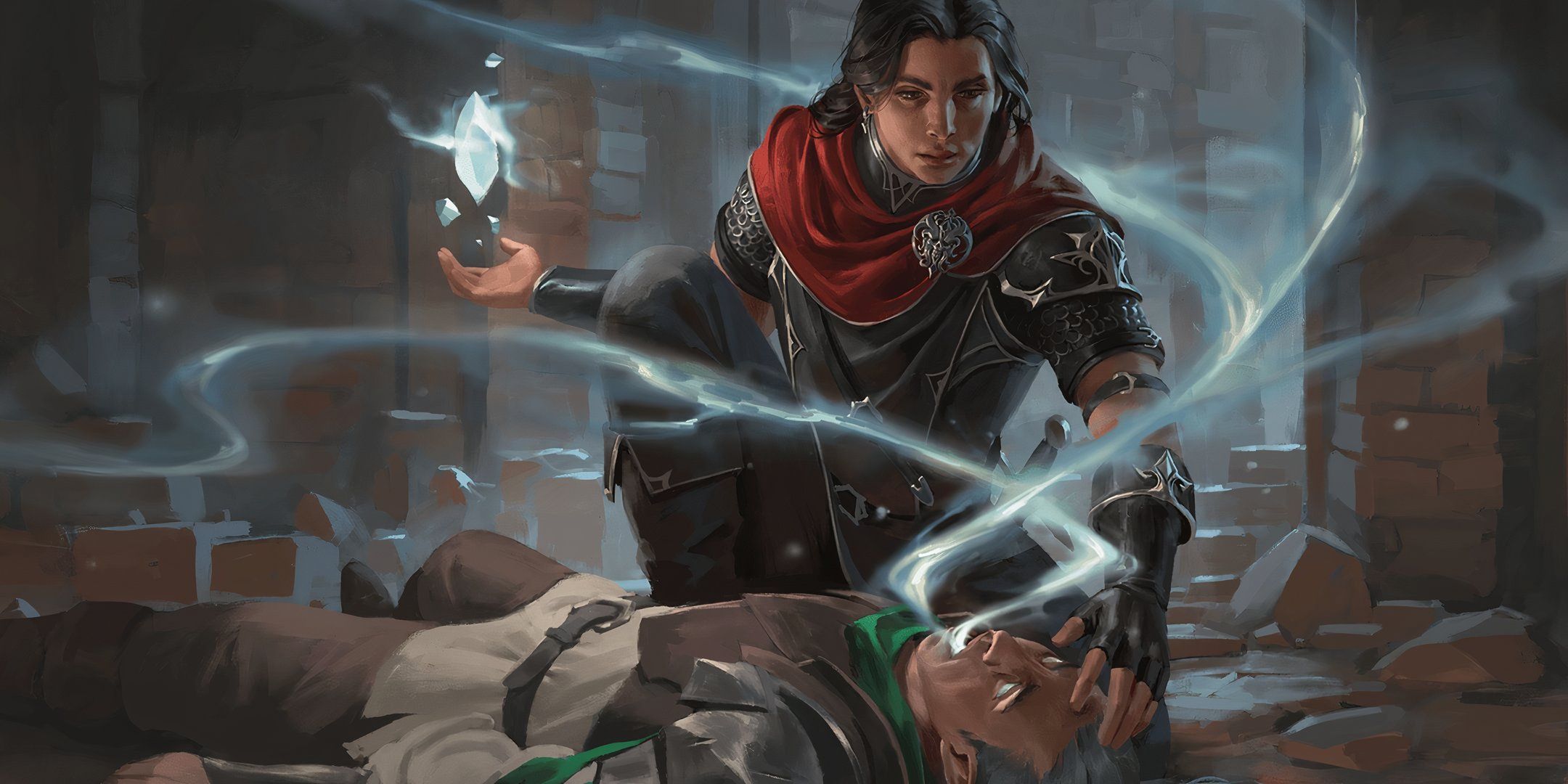

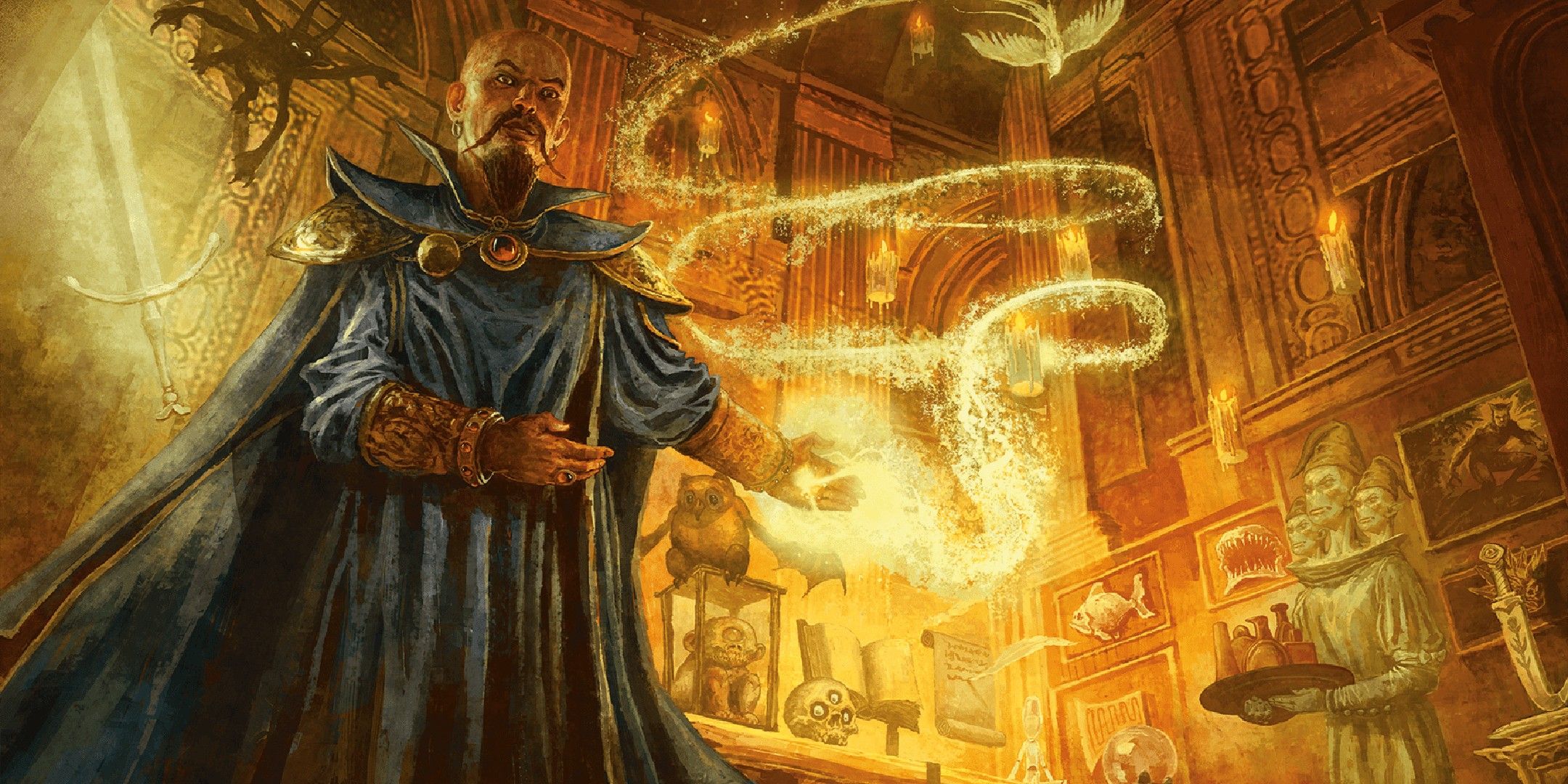
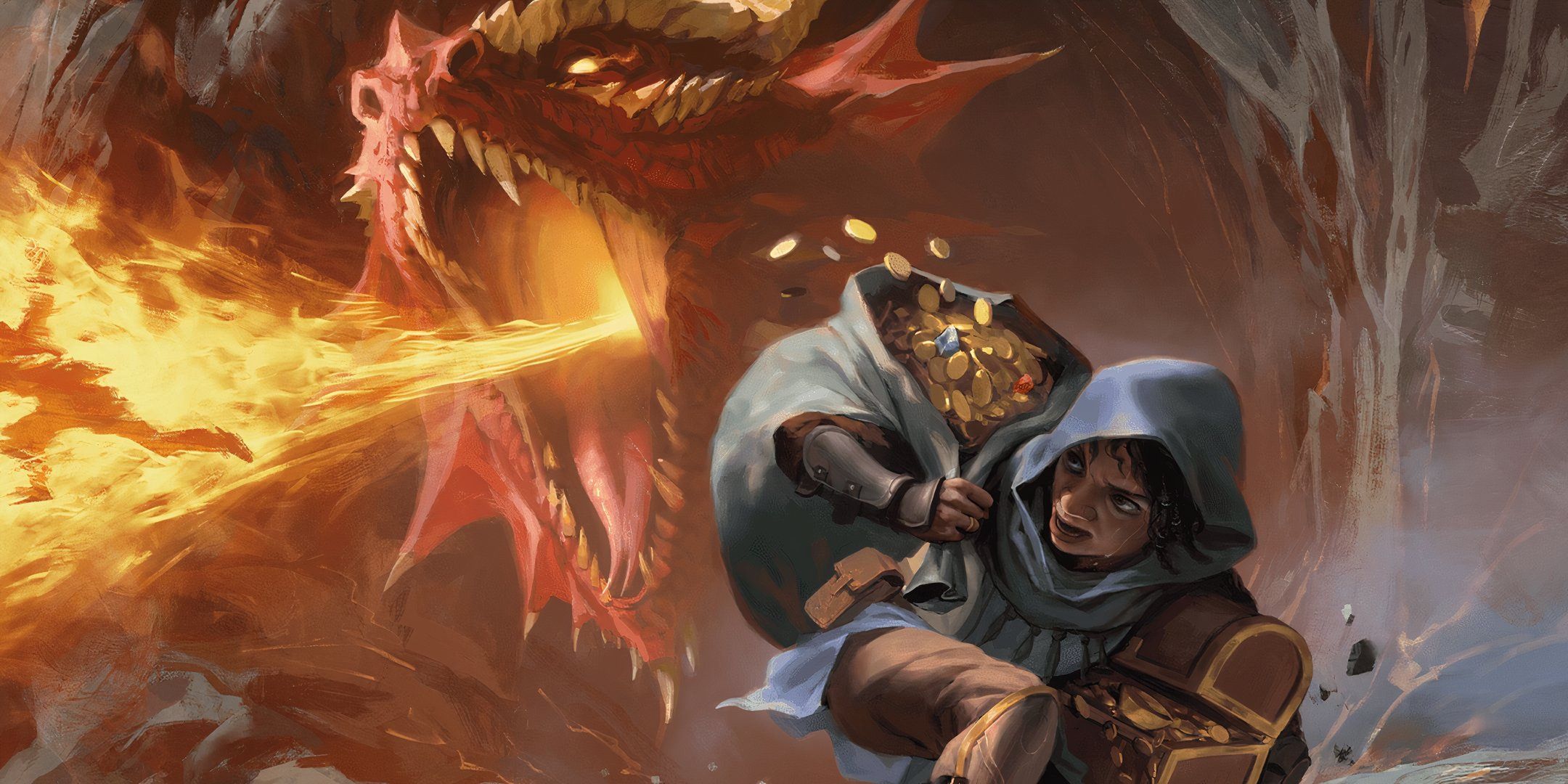

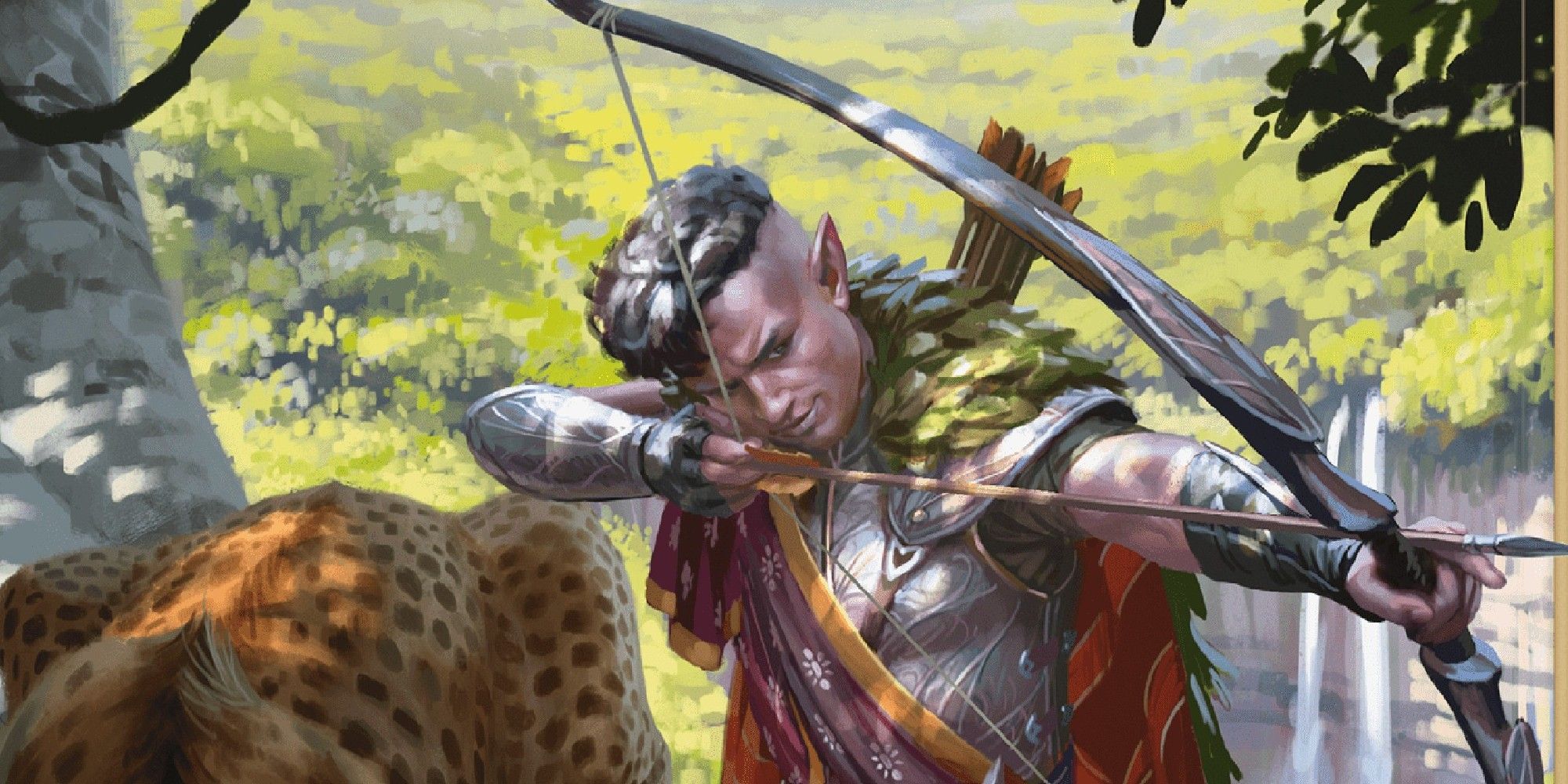


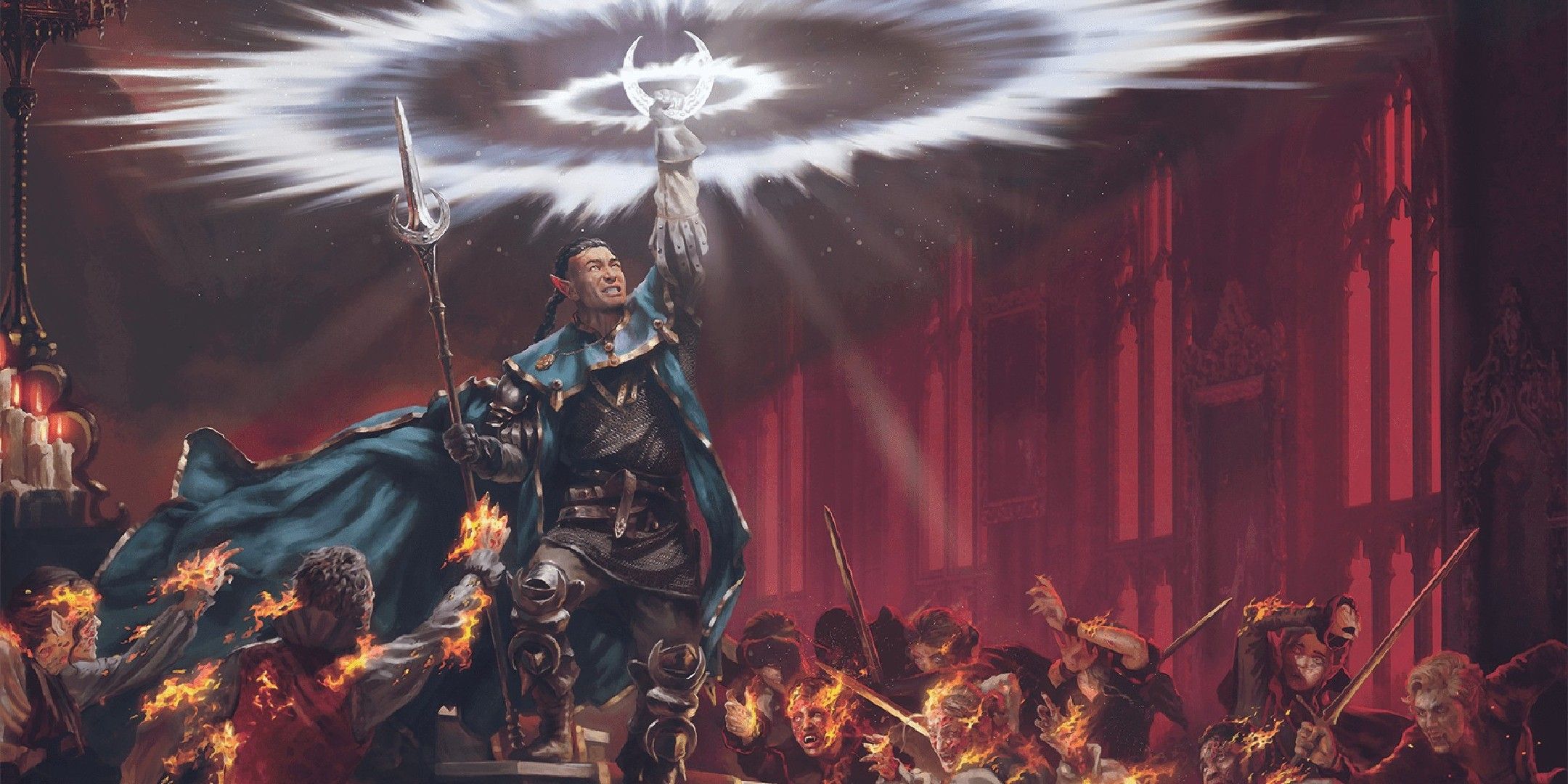
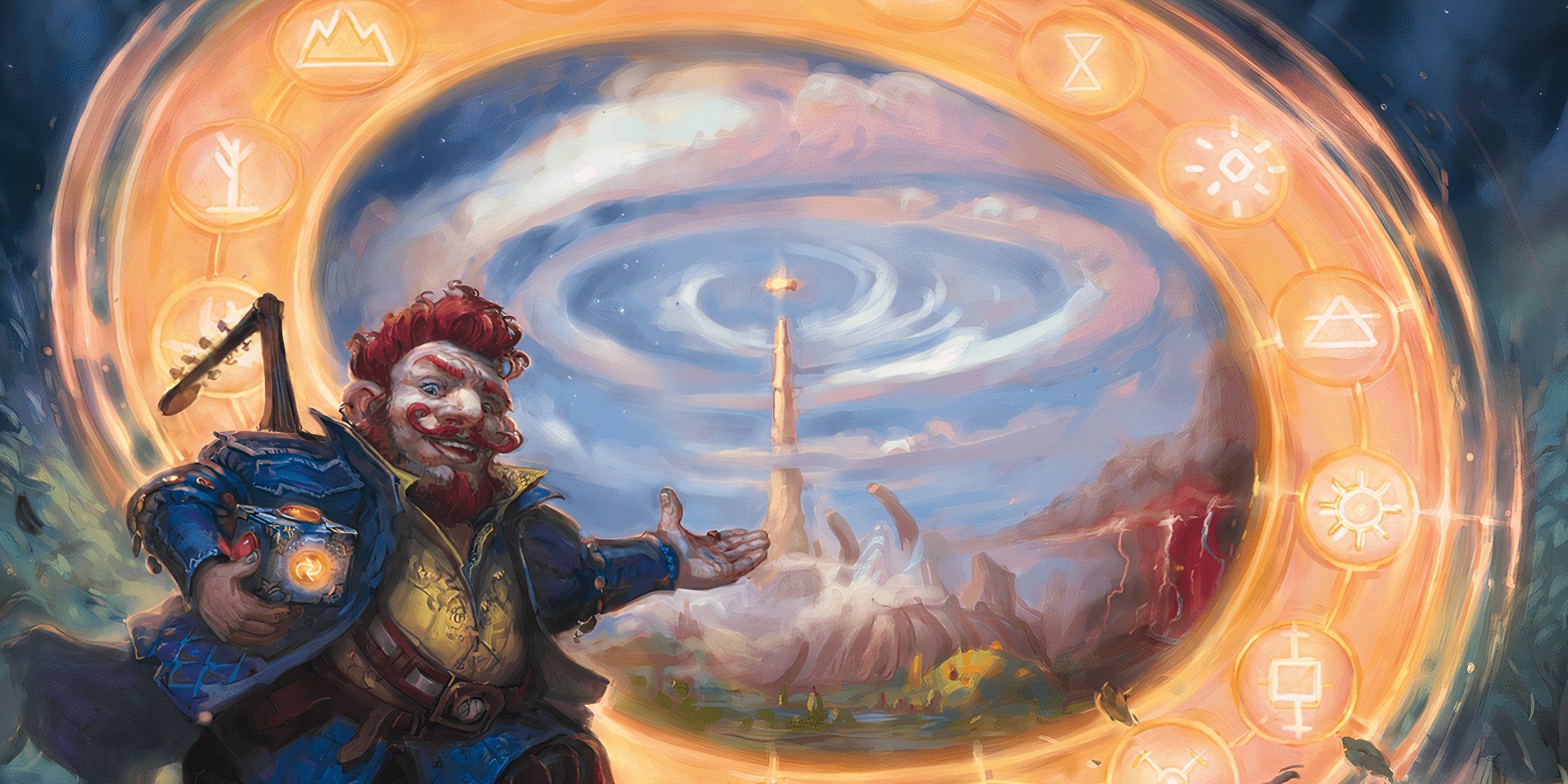









Leave a Reply